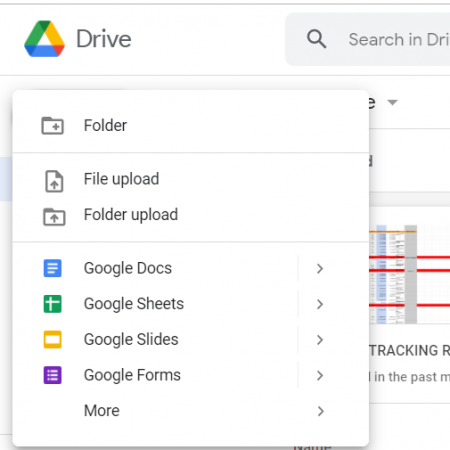Effortlessly Convert Google Sheets to Excel: Simple Steps

Excel remains the go-to spreadsheet program for many due to its robust capabilities for analysis, data management, and reporting, while Google Sheets offers the advantage of easy collaboration, accessibility, and free use within the Google ecosystem. You might find yourself needing to switch between these platforms for different reasons - perhaps you've outgrown Google Sheets or you need specific features only available in Excel. Here's how you can effortlessly convert Google Sheets to Excel with simple steps, ensuring your data remains intact and ready for further work in your preferred environment.
The Conversion Process

- Using Google Sheets Export Feature: If you’re still using the old school Google Drive interface, follow these steps:
- Open your Google Sheets document.
- Click on File in the top menu.
- Select Download then Microsoft Excel (.xlsx).
- Using the New Google Sheets Interface: Google has updated its interface to streamline file management. Here’s how to download from the new interface:
- Navigate to Google Drive or open the Google Sheets directly.
- Right-click on the file name in the left sidebar or the file itself if you are in the drive interface.
- Select Download then Microsoft Excel (.xlsx).
Formatting and Data Preservation

Google Sheets and Excel might handle data differently, so it’s important to:
- Check for formatting consistency, particularly with number formats, currency symbols, and dates, which might not transfer exactly.
- Verify that all formulas are intact. Some formula syntax can differ, but Google Sheets typically converts them to Excel format.
- Examine charts and other graphical elements; some might need slight adjustments for perfect compatibility.
- Look for any conditional formatting rules which might not translate seamlessly.
💡 Note: Ensure you have enough storage space on your local drive as Excel files can be quite large.
Post-Conversion Checks

- Open the Converted File in Excel: This will ensure that your data looks as intended in Excel.
- Check Links and Images: Verify that all links and images are intact or need to be updated.
- Data Validation: Make sure any data validation rules set in Google Sheets are still in place and functional.
- Formulas and Functions: Confirm that Excel has converted all formulas properly. Check for errors.
Ensuring Seamless Transition

To make the transition smoother:
- Learn about File Compatibility: Understanding how Google Sheets and Excel handle different data types, file formats, and features can save you time during conversion.
- Clean Up Before Export: Organize your Google Sheets document to minimize compatibility issues, like removing unused rows and columns, fixing broken links, etc.
- Create a Backup: Before converting, download a backup of your Google Sheets file to revert to if needed.
| Common Issues | How to Resolve |
|---|---|
| Date and Time Formats | Adjust in Excel after conversion if they don't match. |
| Formula Errors | Manually check and correct formulas not recognized by Excel. |
| Conditional Formatting | Reapply conditional formatting rules in Excel if needed. |

Automation Tools

If you frequently need to convert files:
- Consider Using Scripts: Google Apps Script can automate the download process for you.
- Use Add-Ons: Third-party add-ons like “Converter for Sheets” can simplify the process.
When the process is complete, you'll have an Excel file with your data from Google Sheets. The data should be in place, but you might need to make minor adjustments to the formatting or functionality. By understanding these steps, you can effortlessly convert your Google Sheets to Excel, maximizing productivity without sacrificing the collaboration features you love from Google Sheets.
Can I revert my Excel file back to Google Sheets?

+
Yes, you can convert your Excel file back to Google Sheets by uploading it to Google Drive, opening with Google Sheets, and selecting to save a copy as a Google Sheets document.
Are there any data limitations when converting from Google Sheets to Excel?

+
Excel has certain cell and column limits (e.g., 1,048,576 rows by 16,384 columns), which means very large Google Sheets might need to be split or trimmed before conversion.
Will my pivot tables and charts survive the conversion?

+
Pivot tables and charts will generally convert, but minor adjustments might be needed in Excel to ensure they function perfectly.



